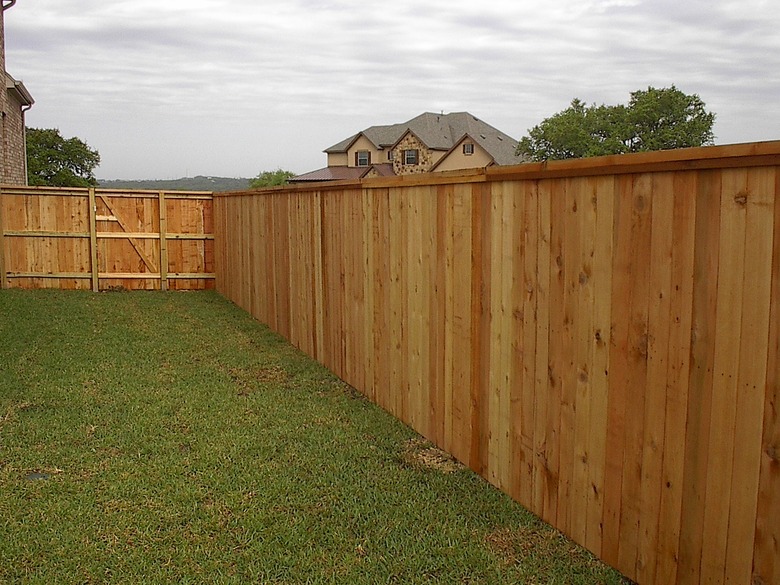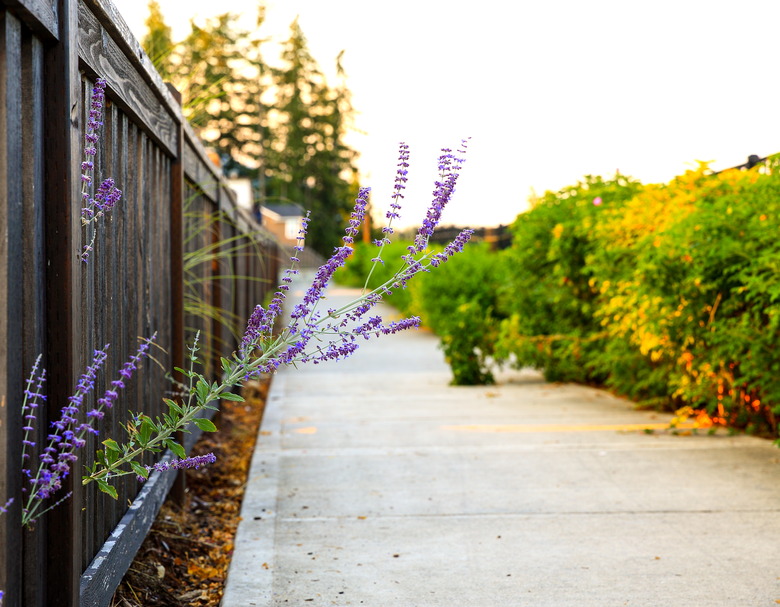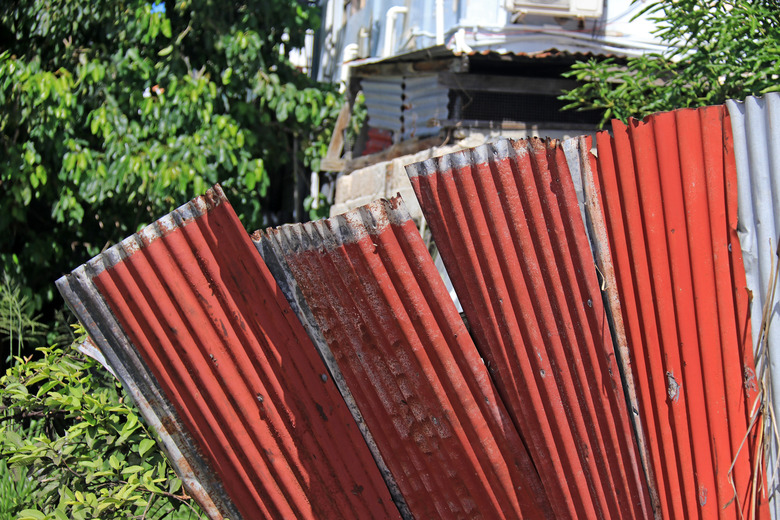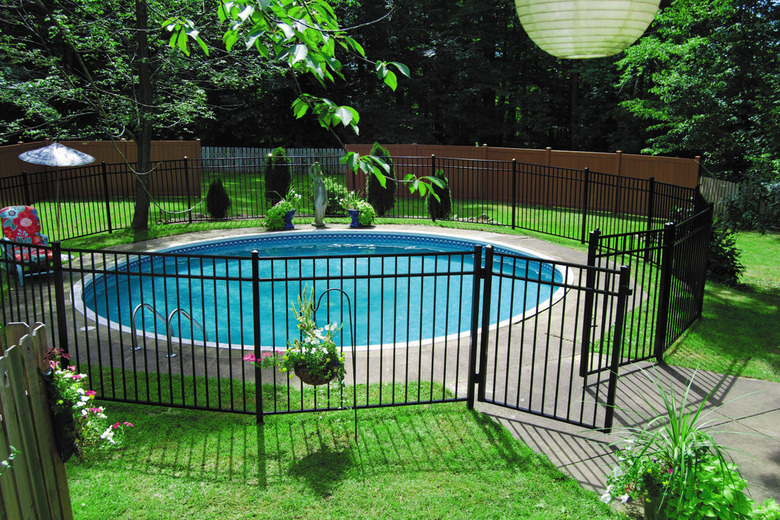Code Requirements For Fences
According to most building codes, residential fences are usually limited to a maximum height of 6 feet. At 6 feet and below, there is no set of "national" or model building code requirements for fence construction. However, most municipalities have very specific zoning code requirements for fences, restricting things like fence height and location, materials you can use and whether or not the fence can be solid. In addition, some building authorities have code specifications for fence construction, including minimum post size and burial depth.
While local variation is typical for privacy fences, pool enclosures are another matter, in that most cities have similar minimum requirements based on national standards.
Fence Codes and Rules Are Local
Fence Codes and Rules Are Local
As with most building and permitting rules, fence restrictions are enforced at the local (city, municipality, county, state, etc.) level and can vary from one area to the next. This makes sense when you consider that fences are highly visible and often large structures and can have a big impact on a property as well as on traffic visibility and other civic concerns. City planners and managers take the look and function of their cities very seriously.
All of this should serve as a reminder to start your fence planning at the local building department office (or simply visit the city website) to learn about specific requirements for your project. Most cities require at least a zoning permit or application approval for a new fence, and many also require a building permit, which may include inspections of your work for approval. Be aware that projects that don't require a permit may still be subject to the local building and zoning code specifications, in which case it's the responsibility of the property owner to make sure the fence is up to code.
Code Rules for Fence Location
Code Rules for Fence Location
Residential fences typically can be built on or inside a home's property line. Determining where the property lines are located usually is left to the homeowner; you can get your lot lines marked by a city or private surveyor, if necessary. Additional restrictions on fence location often apply:
- Rights of way: areas or corridors that must be left open for public access or future development
- Setbacks: buffer zones between fences (and other structures) and property lines
- Sidewalks and roads: spacing required between fences and sidewalks, alleys and roads
- Flood zones: height and/or location restrictions in flood areas
Fence Height and Opacity Requirements
Fence Height and Opacity Requirements
Fence height and opacity—how solid or see-through the fence must be—typically relates to the fence location. For example, the maximum height is commonly 4 feet in the front yard (forward of the primary house façade) and 6 feet in a backyard (behind the primary façade). Side yards may have separate requirements, but maximum height is often 6 feet unless special restrictions apply. Similarly, backyard fences typically are allowed to be solid (no spaces between the fencing boards), while front-yard fences must be at least 50 percent open (some areas require 75-percent openness).
Corner lots are subject to special restrictions for driver and pedestrian visibility at the corner. Often called the sight distance triangle or visibility triangle, this area is defined by measuring back from the corner along adjacent roadways, typically 30 to 50 feet along both legs of the triangle. Fence height in sight distance triangles may be restricted to 3 feet or less, and some cities require approval of the fence plan by a traffic engineer.
Rules for Fence Materials and Construction
Rules for Fence Materials and Construction
Cities tend to be fairly flexible about fence materials and allow all of the standard options, including wood, decorative metal, chain link, vinyl and composite. Most also allow masonry (brick, concrete block, poured concrete, stone, etc.) fences and walls, but these typically are subject to much stricter requirements, which may include a building permit, inspections and an engineer's stamp. If your community is governed by a homeowners association, chances are good that the HOA will be less flexible than the city regarding materials and other factors such as fence height.
Common construction requirements include post size, spacing and depth. For example, a 6-foot-tall wood fence may need 4 x 4 or larger posts spaced no more than 6 feet apart and buried in the ground at least 2 feet deep. Some cities say posts must be set in concrete; others leave that up to the builder. In areas with very cold winters, fence posts may need to extend below the frost line, the depth to which the ground normally freezes in winter. This is intended to prevent damage to the fence due to frost heave—soil expansion caused by freezing.
Areas with high winds may have special requirements for wind resistance, such as heavy posts, deep post-burial and/or concrete footings or wind tie-downs. But in most cases, wind-resistance is covered by the general fence construction requirements and burial details.
Code Requirements for Pool Enclosure Fences
Code Requirements for Pool Enclosure Fences
Fences surrounding swimming pools are subject to specific requirements for fence height and design as well as gate and latch details. Rules for pool fencing are intended to protect small children from accessing a pool area without supervision. The standard requirements are followed widely throughout the U.S., but variations exist among different code jurisdictions (again, check with your local code authority).
The standard codes are outlined by the U.S. Consumer Product Safety Commission (CPSC) and apply to all outdoor swimming pools (inground, above ground and on-ground), hot tubs and spas:
- The top of the barrier [fence or wall] should be at least 48 inches above the surface measured on the side of the barrier which faces away from the swimming pool.
- The maximum vertical clearance between the surface and the bottom of the barrier should be 4 inches measured on the side of the barrier which faces away from the swimming pool. In the case of a non-solid surface, grass or pebbles, the distance should be reduced to 2 inches.
- Where the top of the pool structure is above grade or surface, such as an above ground pool, the barrier may be at ground level, such as the pool structure, or mounted on top of the pool structure. Where the barrier is mounted on top of the pool structure, the maximum vertical clearance between the top of the pool structure and the bottom of the barrier should be 4 inches.
- Openings in the barrier should not allow passage of a 4-inch diameter sphere.
- Solid barriers, which do not have openings, such as a masonry or stone wall, should not contain indentations or protrusions except for normal construction tolerances and tooled masonry joints.
- Where the barrier is composed of horizontal and vertical members and the distance between the bottom and top horizontal members is less than 45 inches, the horizontal members should be located on the swimming pool side of the fence.
- Spacing between vertical members should not exceed 1¾ inches in width. Where there are decorative cutouts, spacing within the cutouts should not exceed 1¾ inches in width.
- Maximum mesh size for chain link fences should not exceed 1¼ inch square unless the fence is provided with slats fastened at the top or the bottom which reduce the openings to no more than 1 3/4 inches.
- Where the barrier is composed of diagonal members, such as a lattice fence, the maximum opening formed by the diagonal members should be no more than 1¾ inches.
- Access gates to the pool should be equipped with a locking device. Pedestrian access gates should open outward, away from the pool, and should be self-closing and have a self-latching device. Gates other than pedestrian access gates should have a self-latching device. Where the release mechanism of the self-latching device is located less than 54 inches from the bottom of the gate, (a) the release mechanism should be located on the pool side of the gate at least 3 inches below the top of the gate and (b) the gate and barrier should have no opening greater than ½ inch within 18 inches of the release mechanism.
Source: Safety Barrier Guidelines for Residential Pools, U.S. Consumer Product Safety Commission.




